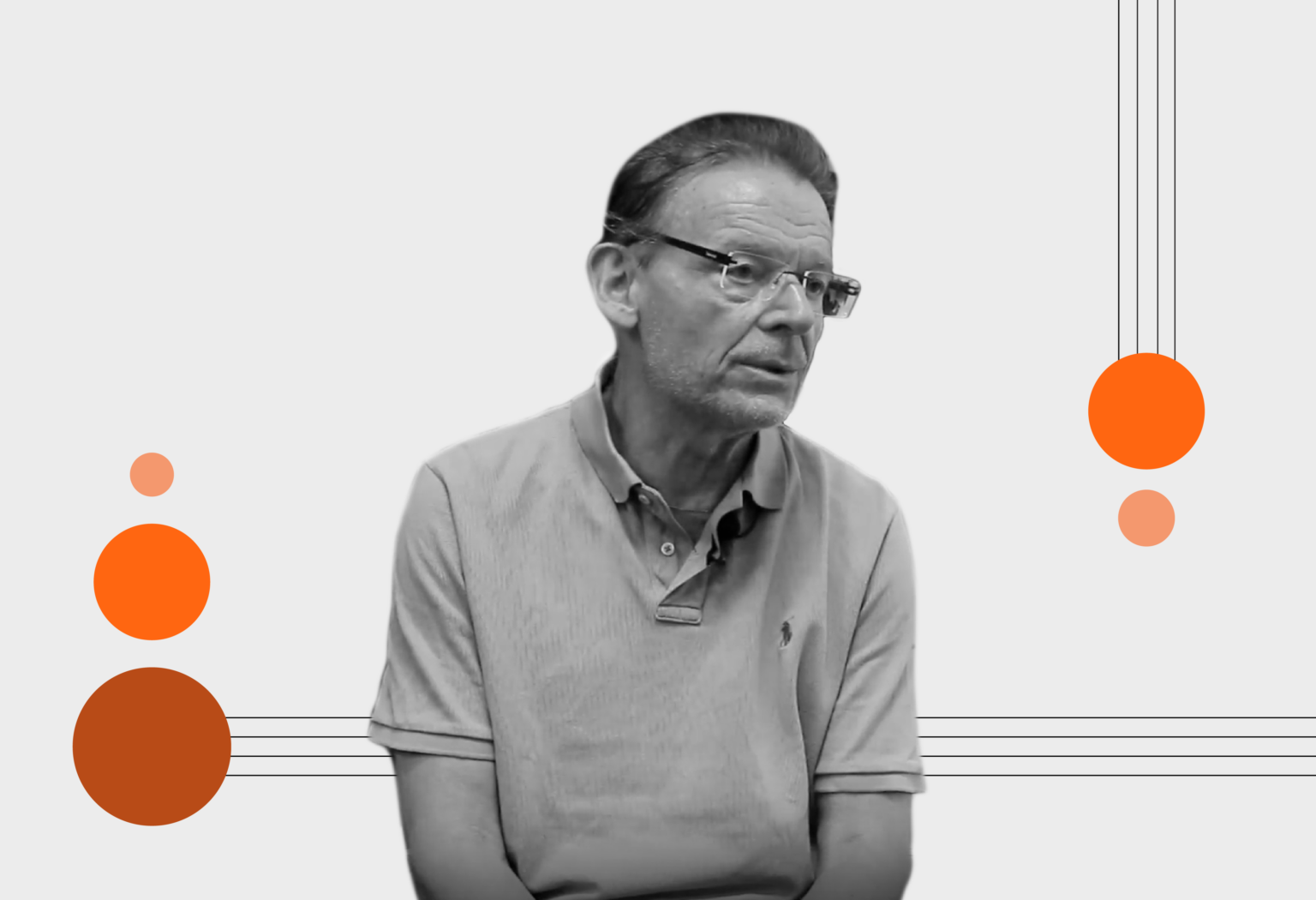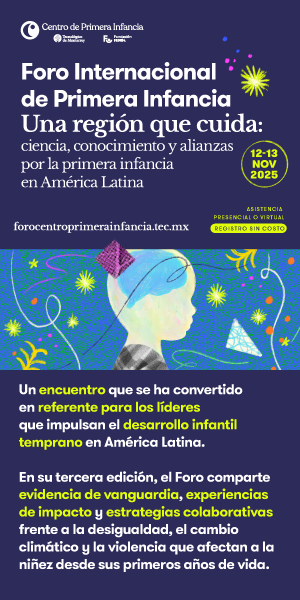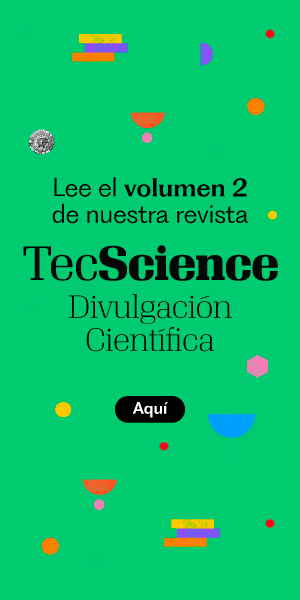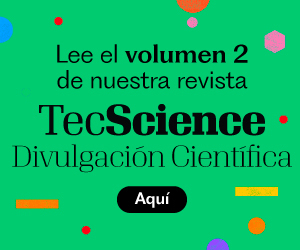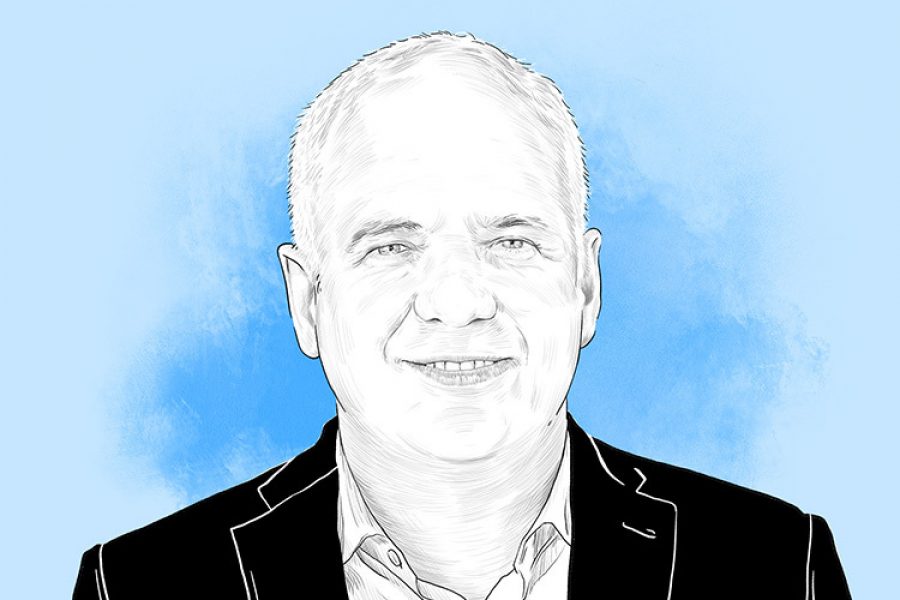The current definition of obesity has limitations, as it focuses solely on body mass index (BMI). This can lead to an underestimation or overestimation of the effect of excessive adipose tissue accumulation in a person and, consequently, inadequate care. Recently, different groups around the world have focused on redefining it.
“Are we defining obesity correctly?” asked Leonardo Mancillas, Clinical Director of the Institute for Obesity Research (IOR), during the International Conference on Obesity Research 2025, held at the Monterrey Campus of Tec de Monterrey.
Mancillas moderated the panel Redefined Clinical Obesity: Advantages, Challenges, and the Transformative Power of Mexican Guidelines, in which he and three experts discussed the present and future of its diagnosis and care.
The conversation revolved around new documents produced by The Lancet Commission on Definition and Diagnostic Criteria of Clinical Obesity and the first Mexican clinical practice guide for the management of overweight and obesity in adults.
In an infographic summarizing its most recent work, the commission argues that although BMI is useful for identifying people at higher risk of health consequences, it cannot determine when excess body fat is a health problem.
On the other hand, the new guideline recognizes recommendations for obesity management appropriate for the Mexican context and knowledge gaps that need to be considered to formulate a better approach.
“Definitions and redefinitions of complex diseases never stop because they depend largely on the entire body of knowledge surrounding them,” said Juan Eduardo García, former president of the Mexican Society of Nutrition and Endocrinology.
Redefining Obesity
In Mexico, obesity has increased by 42.4% from 2000 to 2018. Today, 36% of the population lives with it, and more than 90% of adults over 50 years of age have central obesity, according to the National Health and Nutrition Survey (Ensanut).
However, these statistics have been constructed primarily using an elevated BMI to indicate obesity.
In response to this and the need to improve treatment, The Lancet proposes two new concepts: preclinical obesity, a condition of excess body fat associated with a variable level of health risk, but without disease, and clinical obesity, a chronic disease due solely to obesity, characterized by signs and symptoms of ongoing organ dysfunction and/or a reduced ability to perform daily activities.

“One of the intentions of this consensus was to provide treatment to people with serious medical consequences [of obesity],” said Verónica Vázquez, president of OBESIDADES A.C. “Weight loss is not a treatment.”
Like Vázquez, many support this redefinition and believe it will lead to better practices within the medical field, including reinforcing the awareness that obesity is not a matter of willpower and that healthcare professionals can often stigmatize people without conducting proper medical evaluations to determine whether they are genuinely ill.
However, while some support it, others think it could be a step backward in the progress made in defining obesity as a continuum.
“Just being overweight creates a higher risk of mortality,” said Emma Chávez, Coordinator of the Obesity Clinic at the National Institute of Medical Sciences and Nutrition “Salvador Zubirán.” “I feel it’s a step backward in a way, by trying to oversimplify things.”
The first Mexican Guide for Obesity Care
The new guideline aims to be the first methodologically rigorous manual on obesity, designed to help healthcare professionals, patients with obesity, and decision-makers address it in the best possible way.
“As a population, we have our social, cultural, and economic characteristics,” said Chávez, who participated in developing this guideline. “Having tropicalized guidelines allows for recommendations to be tailored to the social context.”
This new treatment framework is evidence-based and patient-centered. It ensures that people receive care without stigma and follows the principles of chronic disease prevention and management.
Together, these documents could foster a better understanding of obesity and lead society and healthcare professionals to be more compassionate toward people with any type of obesity.
“This allows for the resolution of many long-term problems related to medication adherence, diet, exercise, and lifestyle choices,” said Vázquez. “We must start with empathy, without prejudice or discrimination.”

Given the global rise in obesity, experts recommend developing sufficient research to address it.
“We still have much to learn and research, from basic science, clinical science, public policy, implementation, and devices,” said Mancillas. “In any of these areas, we can impact the lives of people living with obesity in the future. Let’s not abandon that mission.”
Were you interested in this story? Would you like to publish it? Contact our content editor to learn more: marianaleonm@tec.mx



